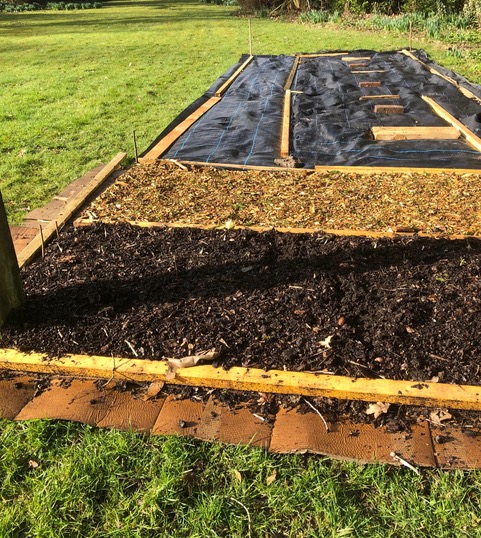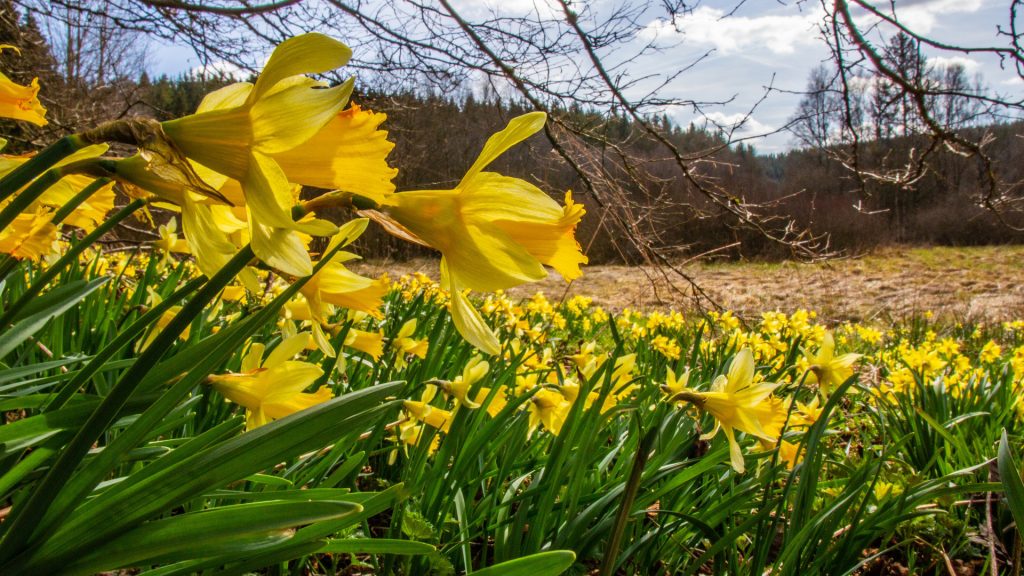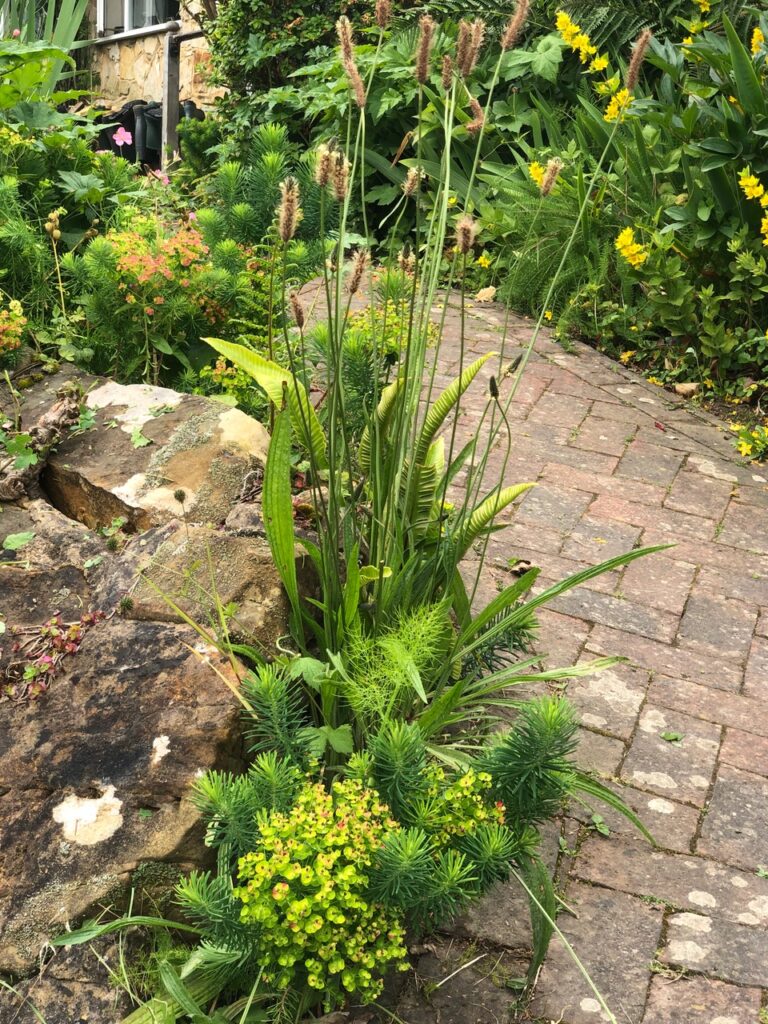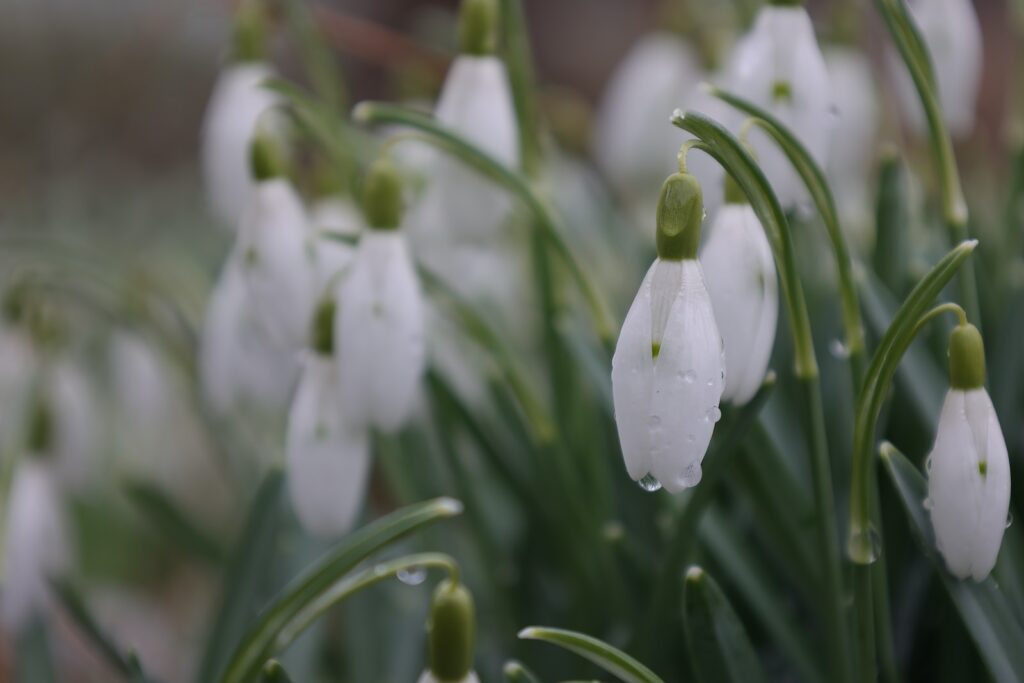The Hazel – Beautiful, Generous and Useful
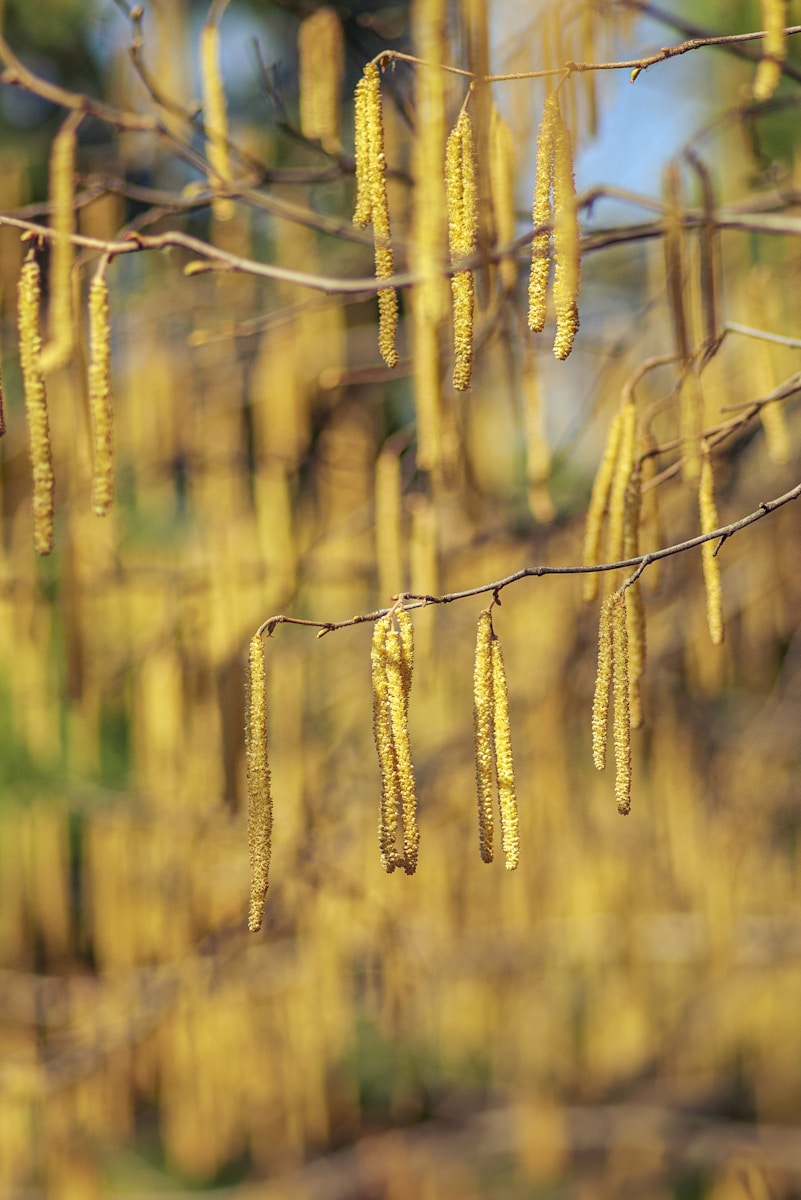
Recently I needed to coppice a very mature hazel tree in one of the gardens where I work. The plant, though majestic and beautiful with striking catkins and patterned bark, was becoming too large and was overshadowing a nearby dwelling. After sawing each of the limbs down to the ground, and obviously a little sad at having to cut a living being so drastically, I reflected on the positive sides to the situation. Firstly – the removal of the 5-metre tree was hardly noticeable – being as it is in a grove of other hazels, which was a pleasant surprise, and it felt as though the remaining trees had a little more light and air, as did the building nearby. Secondly and most importantly I reflected on the many uses of the cut stems – from the very largest to the smallest and realised how generous this plant is in the giving of their gifts. By cutting the tall stems right down to the ground – coppicing, I was continuing a tradition of plant husbandry that goes back many centuries. Coppicing has been practised by land workers throughout the ages with native trees such as chestnut, hazel, willow, ash, alder and hornbeam; alongside producing firewood from the largest stems the hazel is a source of many other wooden items such as fence posts, tool handles, baskets, hurdles and walking sticks, as well as lobster pots and even the small Welsh fishing boat – the coracle. Once the tree has been coppiced it is allowed to grow again unhindered for 3 or 4 years or more, when the process can be repeated. The trick I am learning in the management of this particular grove of hazels is to keep a constant succession of young and old wood, no easy task as I tend to err on the side of ‘non-management’, being reluctant to cut many trees, mistaking this for ‘natural’ and ‘eco’, when actually it is nothing other than a combination of laziness, forgetfulness, and misguided sentimentality! Remembering hazel’s gifts helps me realise that recycling and regeneration are also natural and are part of the co-creative process of being a gardener.
The products of this particular hazel weren’t as wonderful as the items listed above, but nevertheless I used the whole plant, which was satisfying. The largest pieces of wood (around 12cm in diameter) have been saved for firewood, which will be dried thoroughly for a year before being burnt in an efficient wood stove. The next sizes (10 – 5 cm diameter and very straight) have been put aside for tree stakes or large props for overhanging roses. Moving on to the 2cm diameter rods (2 metres in length and very supple): these have been collected and will be used throughout the year for simple fences around the garden – delineating areas without making a solid boundary – on road/path edges and near a small pond: I find the lightness of the bent sticks visually appealing as well as being practical. The final twiggy branches will be used for pea and bean sticks in the vegetable garden by simply pushing the ends into the soil, allowing the bushy flowering ends to support sweet peas, climbing peas and beans.
As a final flourish to the job I collected a handful of the branches to put into a seasonal vase, knowing that the lovely lime green leaves will soon sprout alongside the pollen-filled golden catkins, reminding me of the generosity of this amazing tree. Autumn, of course, brings further joys – edible hazelnuts (also beloved by many birds and small mammals) and colourful leaves moving from browns and pinks to an ethereal yellow often lasting well into December; if you have space in a wooded corner of your garden, I would always recommend planting one or more of these wonderful trees, which offer their varied gifts throughout the year.
Michael Fuller, April 2024


